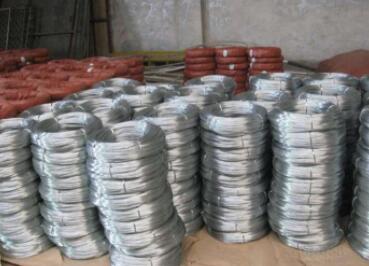The Importance of Quail Transport Cages in Aviculture
In the world of aviculture, the transportation of birds is a critical aspect that directly affects their health and well-being. Among various bird species, quails are particularly popular due to their rapid growth, high egg production, and unique flavors. However, transporting quails efficiently and safely requires specialized equipment, chiefly the quail transport cage. This article explores the importance of these cages, their design features, and best practices for transporting quails.
Understanding Quail Transport Cages
Quail transport cages are specifically designed enclosures that facilitate the safe and humane movement of quails from one location to another. They are built to ensure that the birds are both comfortable and secure during transit, reducing the risk of injury or stress. A well-designed transport cage helps maintain the birds' welfare and minimizes losses during transportation.
These cages typically come in various sizes and configurations, catering to different quantities of quails. The materials used for construction—often durable plastics or metals—ensure that the cages can withstand varying environmental conditions, safeguarding the birds inside. Proper ventilation is a critical feature in these cages, as quails can easily succumb to heat stress if air circulation is inadequate.
Design Features of Quail Transport Cages
The design of quail transport cages takes into account several factors essential for the welfare of the birds. First and foremost, the size of the cage should be appropriate for the number of quails being transported. Overcrowding can lead to aggressive behavior, increased stress levels, and even fatalities. Thus, it is vital to provide enough space for each bird to move comfortably.
Another essential feature is the flooring of the cage. Many transport cages have slatted or mesh floors that allow waste to fall through, keeping the environment cleaner and reducing the risk of disease. This is particularly important when multiple birds are housed together for extended periods.
quail transport cage

Additionally, transport cages often come with secure latches and locking mechanisms to prevent escapes during transit. Some models may even include removable dividers, allowing users to separate different quail breeds or size groups when necessary. The portability of these cages is another crucial aspect; lightweight designs with handles make it easier for farmers or suppliers to carry them.
Best Practices for Transporting Quails
To ensure the safe transportation of quails, it is essential to follow certain best practices. Before the journey begins, birds should be acclimated to their transport cages—this familiarization can help reduce stress during transit. Additionally, it is crucial to monitor the temperature within the transport vehicle to prevent overheating or cold exposure, depending on the climate.
It is also advisable to provide a source of fresh water, especially during long journeys. However, water must be offered in a way that prevents spillage, which could lead to wet birds and a mess in the cages. In cases of extended travel, offering small amounts of feed can help maintain energy levels, though care should be taken not to overfeed.
Moreover, constant monitoring and periodic stops during longer trips can help ensure that the quails remain healthy and comfortable. Observing the birds for signs of stress or illness is essential, as quick interventions can be vital to their well-being.
Conclusion
In conclusion, quail transport cages play a pivotal role in the successful and humane transportation of these birds. Their design features, which prioritize safety, comfort, and easy handling, are crucial for the welfare of quails during transit. By adhering to best practices for transportation, breeders and suppliers can ensure that quails remain healthy and stress-free, paving the way for a thriving aviculture industry. Overall, investing in quality transport cages is not just beneficial for the birds but also essential for the success of any quail farming or breeding operation.

















